
9 Evidences That Prove That Ramayan is History, Not Myth!
Many people ask whether Ramayan is history or not! The epic tale of Ramayan has been cherished for centuries as a sacred scripture in Hindu mythology. However, recent research and archaeological findings have shed light on the historical accuracy of this ancient text. Here are nine compelling pieces of evidence that lend credence to the belief that Ramayan is history but not merely a myth.
Table of Contents
Ram Setu: (Proof of Ramayan is history)
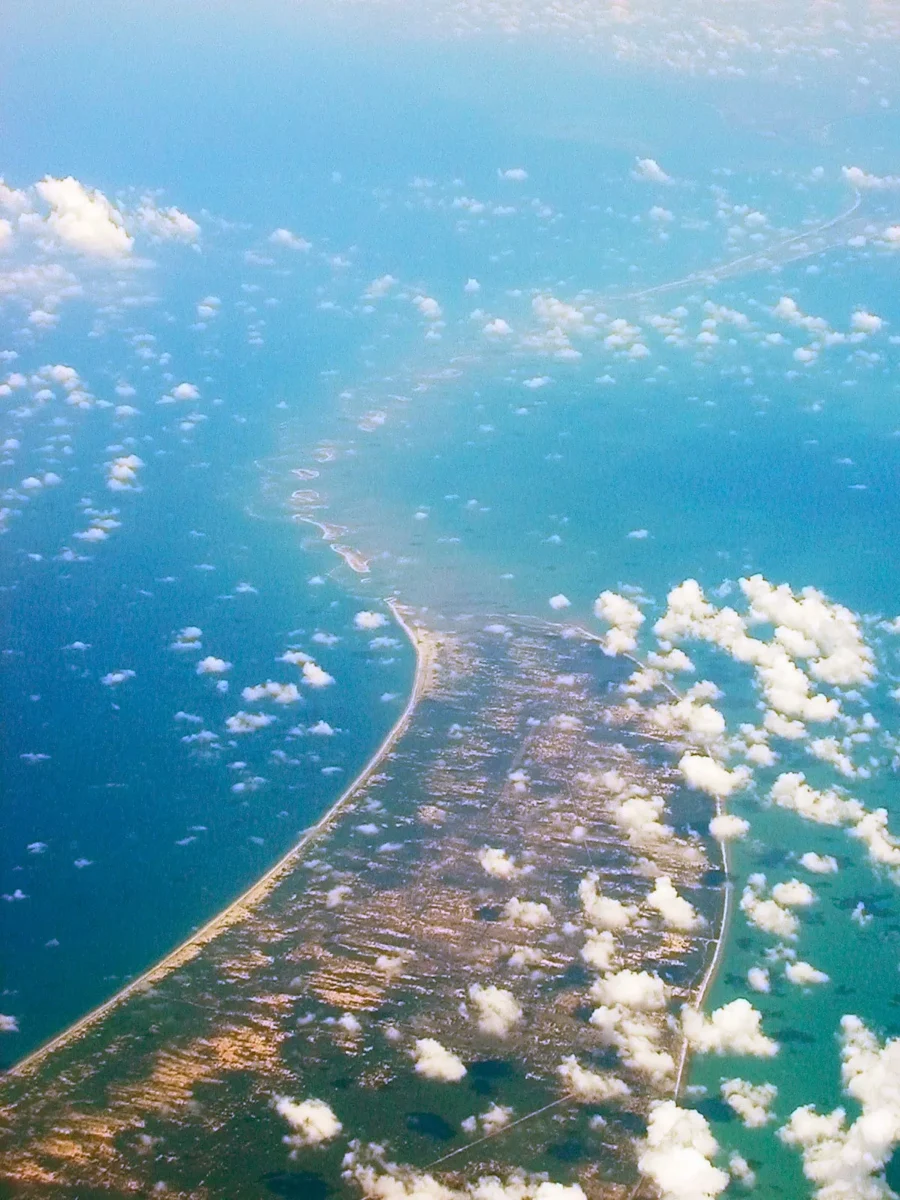
The iconic bridge between India and Sri Lanka, known as Ram Setu or Adam’s Bridge, stands as a remarkable testament to Lord Rama’s journey. It is believed to have been constructed by Lord Rama’s army to bridge the gap between the two countries during the epic war.
Ancient Egyptian 30-Second Male Potency Secret to Overcome Erectile Dysfunction!
The Illusion of Dhirendra Shashtri | Exposing the Deception and Exploitative Practices
Pushpak Vimaan Route:
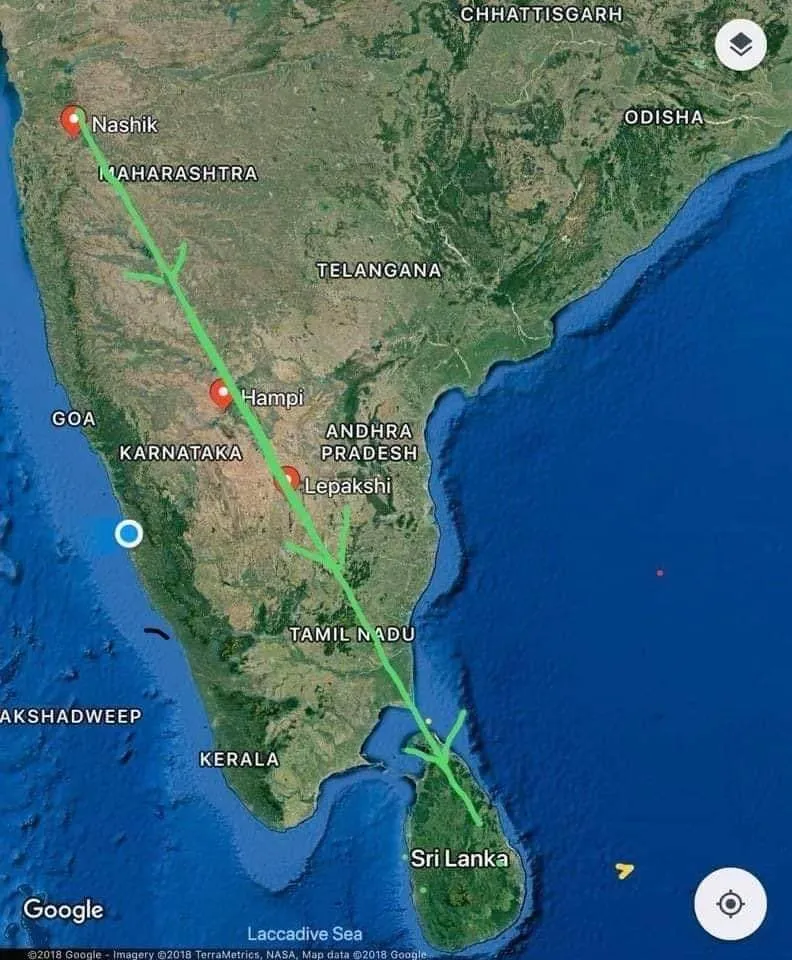
The legendary Pushpak Vimaan, described as a flying chariot in Ramayan, is believed to have traveled through specific routes. Ancient scripts and texts mention these routes, aligning with the geographical locations mentioned in Ramayan.
Bhagwan Hanuman Footprints:
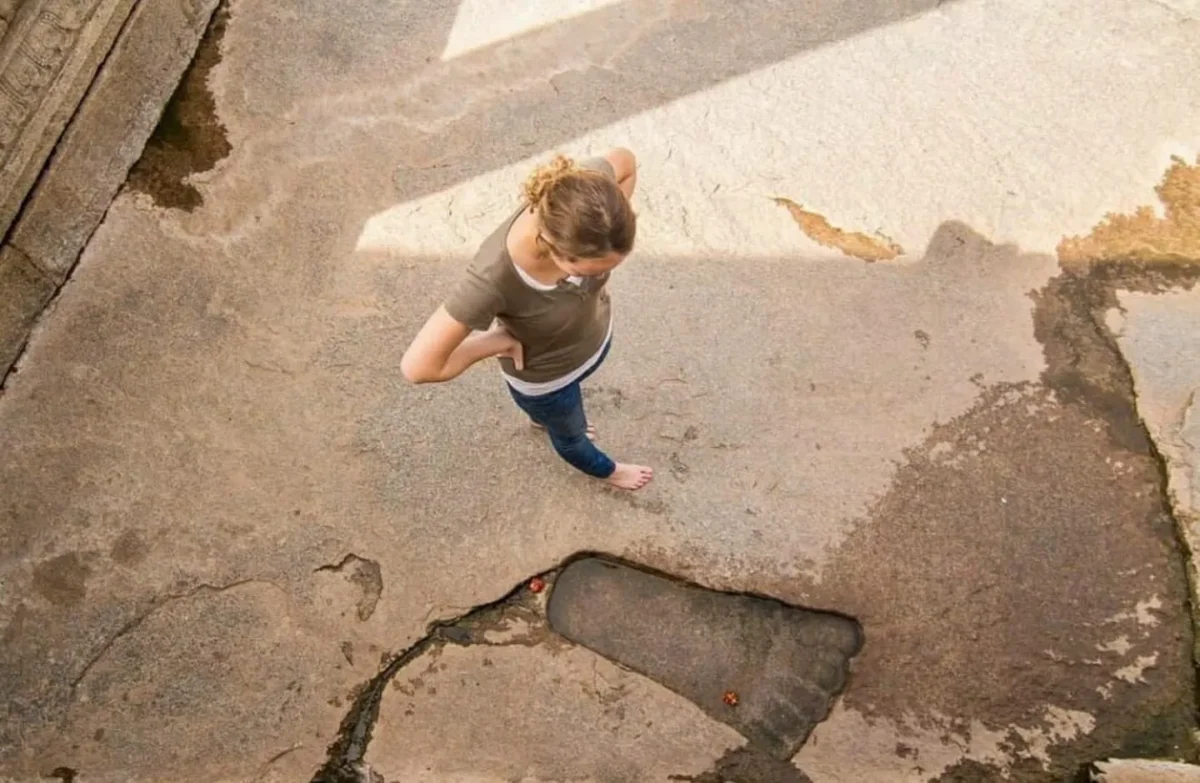
In various parts of India and Sri Lanka, footprints attributed to Lord Hanuman can be found. These footprints are believed to be imprints left by Hanuman during his search for Goddess Sita.
Ashok Vatika, Sri Lanka:
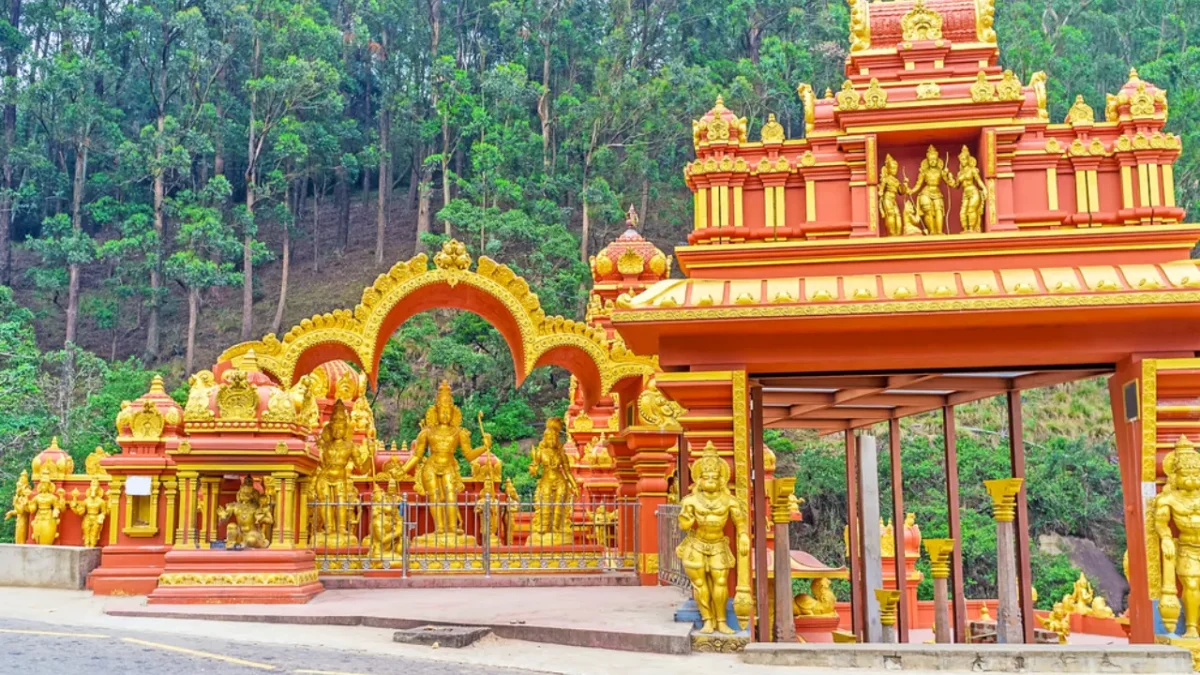
Ashok Vatika, mentioned in Ramayan as the garden where Goddess Sita was held captive, exists in Sri Lanka’s Nuwara Eliya region. The site is adorned with ancient trees and has historical significance in the epic.
Sigiriya Rock Fortress in Sri Lanka:
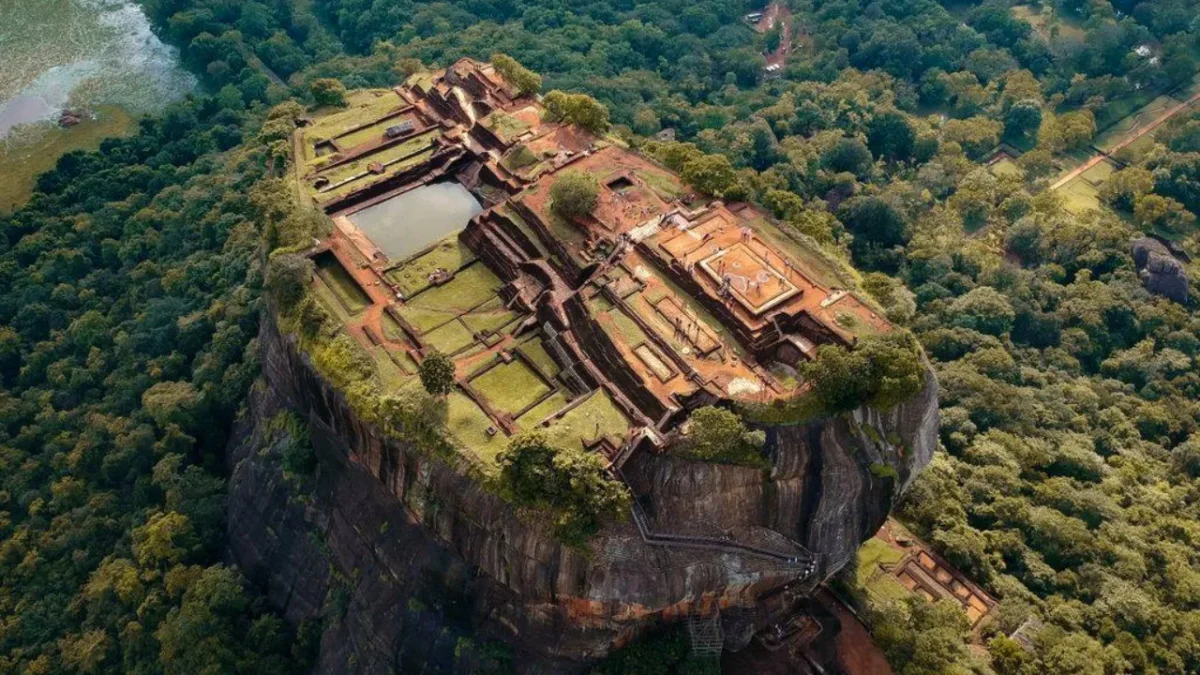
The majestic Sigiriya Rock Fortress in Sri Lanka bears resemblance to the description of the kingdom of Ravana mentioned in Ramayan. Its architectural marvels and rock paintings provide a glimpse into the ancient civilization that once thrived there.
Cobra Hood Cave, part of the Sigiriya Rock Fortress:
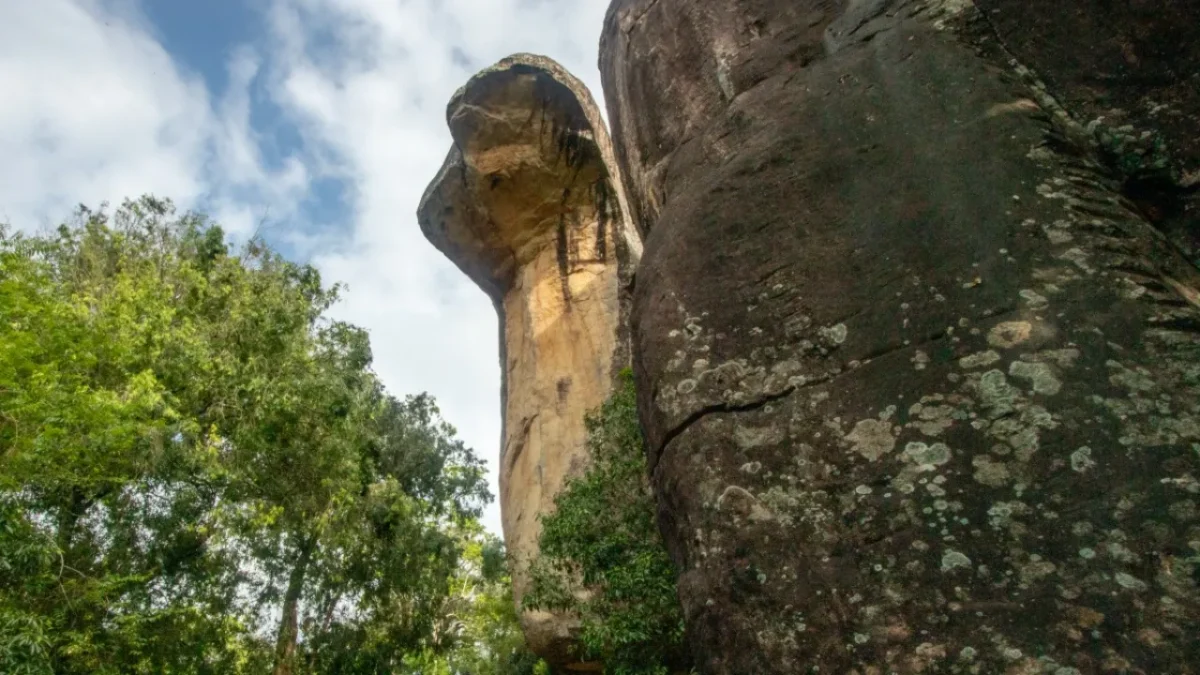
A cave known as the Cobra Hood Cave, found within the Sigiriya Rock Fortress, displays ancient paintings depicting the events of Ramayan. These murals reinforce the historical connection between the epic and the site.
Kanniya Hot Wells:
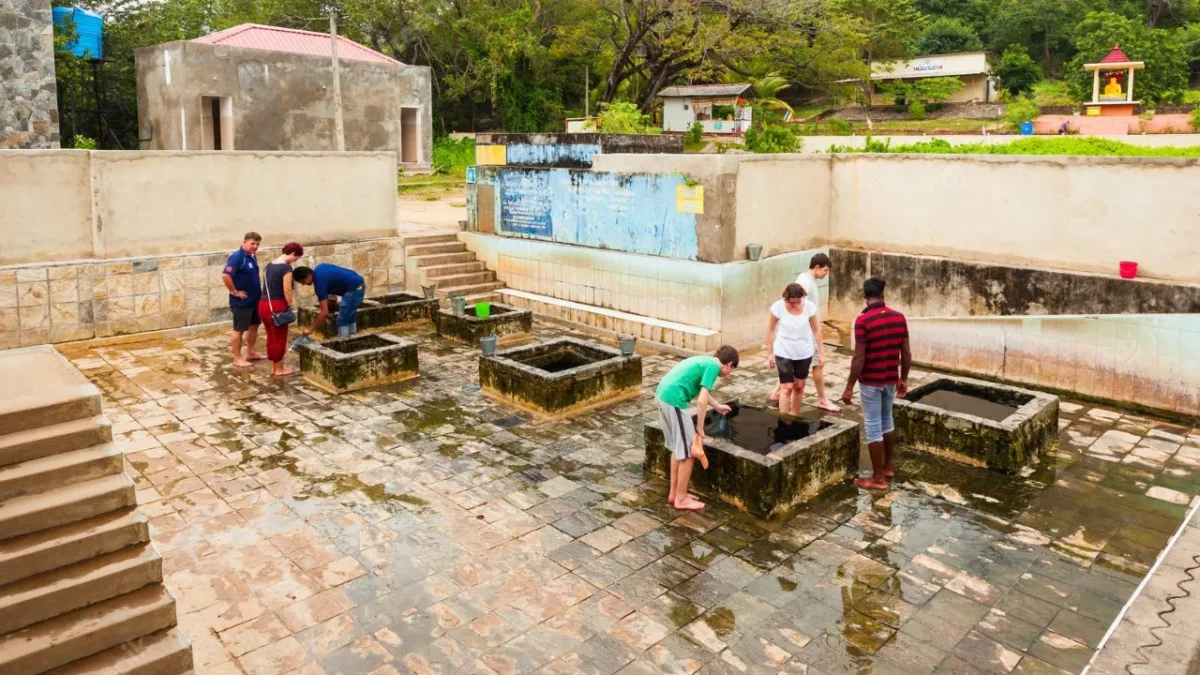
Kanniya Hot Wells, located in Sri Lanka, are natural hot springs that are said to have emerged when Lord Rama shot an arrow into the ground to provide water for his army during their journey.
The Lepakshi Mandir: (Proof of Ramayan is history)
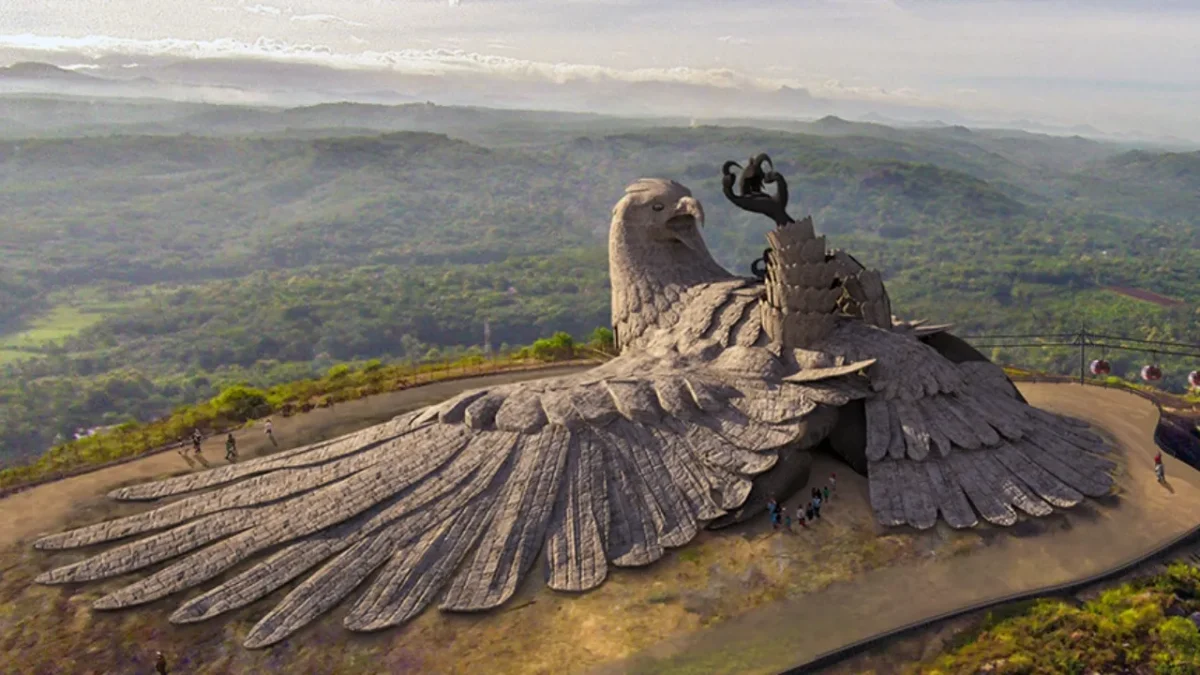
The Lepakshi Mandir in Andhra Pradesh, India, features intricate carvings that depict scenes from Ramayan. This is the place where Jatayu fell from the sky where it was battling with Ravan. The craftsmanship and attention to detail showcased in these carvings add to the evidence of the historical roots of Ramayan.
Sanjeevani Mountain, Dronagiri:
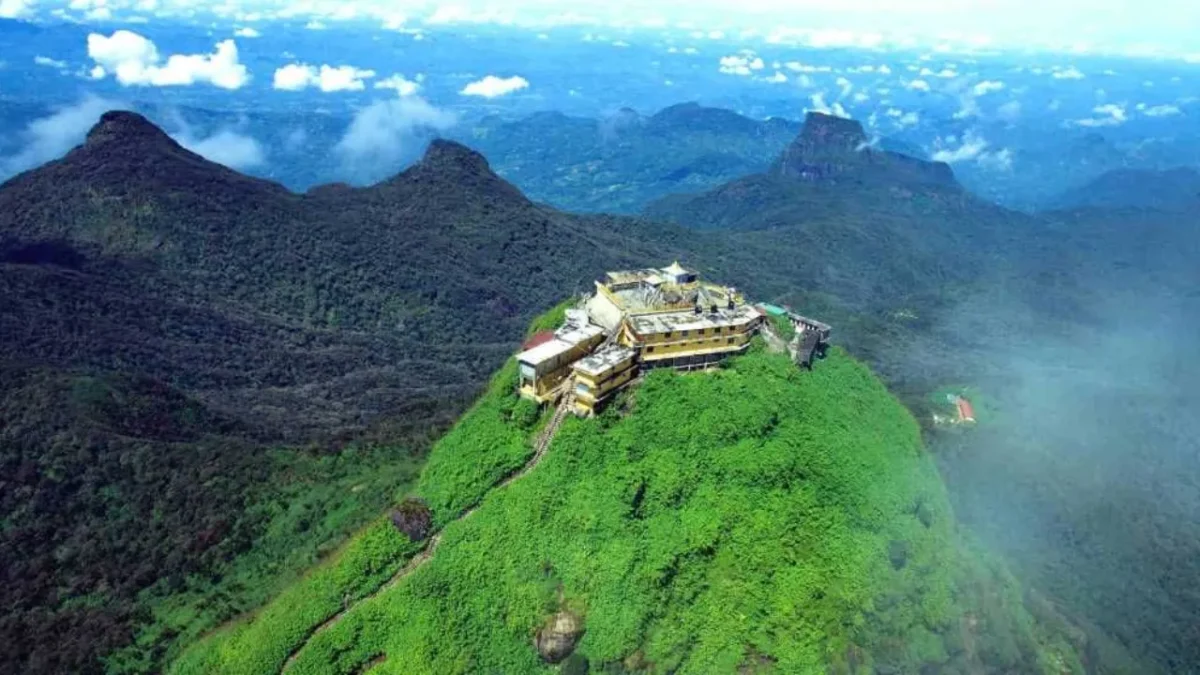
Dronagiri Mountain in Uttarakhand, India, is believed to be the site where Lord Hanuman fetched the Sanjeevani herb to revive Lakshmana during the war against Ravana. This mountain is revered for its association with the epic tale.
Conclusion:
The abundant evidence, ranging from physical structures to ancient artifacts, strengthens the belief that Ramayan is not merely a myth but a historical account. The existence of Ram Setu, the presence of Bhagwan Hanuman’s footprints, and the architectural marvels associated with the epic validate the authenticity of Ramayan. These findings allow us to delve into the rich history of our civilization, enabling us to appreciate the enduring legacy of Lord Rama and the significance of the Ramayan in our culture.



